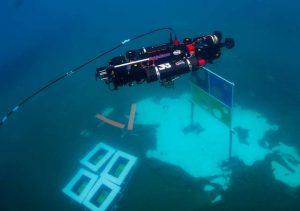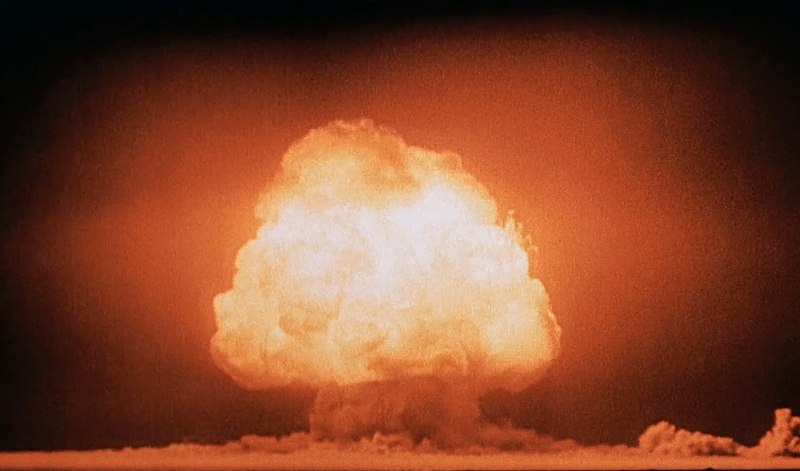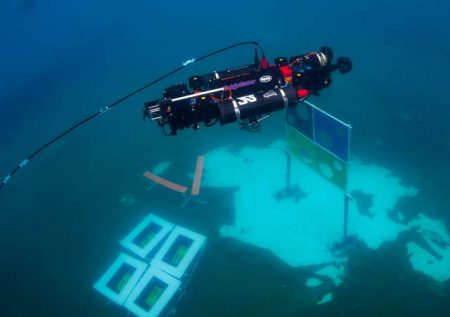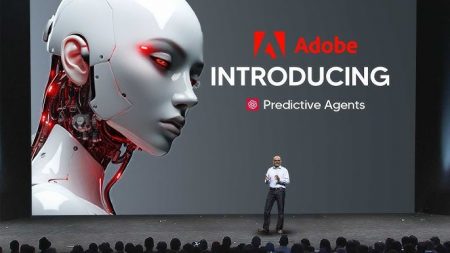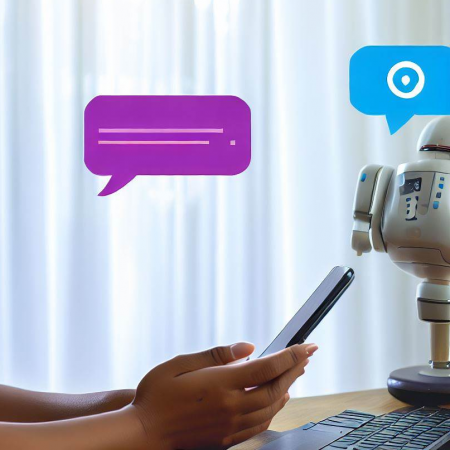The U.S. government is considering a “Manhattan Project-style initiative” for artificial intelligence development without realising that, unlike nuclear power, AI doesn’t have an end-point writes Satyen K. Bordoloi.
When J. Robert Oppenheimer recruited physicists for the Manhattan Project, he gave them a well-defined goal: to build an atomic bomb using uranium and plutonium. The project concluded with the development, testing, and deployment of ‘Little Boy’ and ‘Fat Man,’ which left profound and lasting impacts on the world’s psyche. Now, the U.S. is proposing a similar initiative for AI, driven by concerns about Chinese technological advancements.
The Proposal: In November, the bipartisan U.S.-China Economic and Security Review Commission (USCC) released a report, in which the first suggestion was that :“Congress establish and fund a Manhattan Project-like program dedicated to racing to and acquiring an Artificial General Intelligence (AGI) capability.” This proposal draws parallels to the World War II project that developed the first atomic bombs, but it stems from a fundamental misunderstanding of both AI development and the historical context of the Manhattan Project.

The Original Blueprint: The Manhattan Project succeeded because it brought together the US’s brightest minds, unlimited resources, and a single, unambiguous goal. Scientists aimed to achieve a nuclear chain reaction to release unprecedented energy. They could test their progress, measure their results, and determine when they would likely reach their goal. The project had clear scientific objectives, measurable milestones, a definite endpoint, known scientific principles, and a binary outcome—it would either work or it wouldn’t.
The AI Dilemma: In contrast, AI development, especially the pursuit of AGI, is more of a moving target than a fixed goal. AGI is often described as AI systems that match or exceed human intelligence, but there is no consensus on what constitutes ‘human-level’ intelligence. Is it the ability to pass tests, create art, solve complex problems, or understand nuanced emotions? Current generative AI systems like ChatGPT, Gemini, and LLaMA have achieved some of these goals, but we are far from achieving true AGI.
In a Reuters report, USCC Commissioner Jacob Helberg stated, “China is racing towards AGI… It’s critical that we take them extremely seriously.” However, this statement highlights the problem: what is China racing towards, and where is its finish line? Because the goalposts in AI development are constantly shifting.
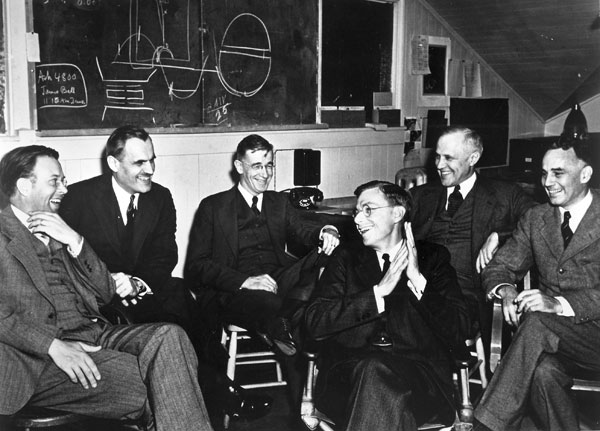
The Flaws in the Comparison: Several factors make the Manhattan Project comparison with AGI creation problematic. Unlike nuclear physics, which operates on well-understood principles, we are still debating what constitutes intelligence, consciousness, and understanding in AI systems. How do we know when we’ve succeeded?
AI development is not about reaching a single breakthrough moment; it’s an ongoing process of incremental improvements across multiple domains. What is cutting-edge today becomes the baseline tomorrow.
The Manhattan Project operated under wartime secrecy with clear government control. In contrast, today’s AI development landscape involves multiple private companies, international collaboration, and complex intellectual property considerations. Everyone is waiting for the next research breakthrough, something akin to Google’s Transformers paper from 2017, which could lead to significant advancements.
Helberg suggested streamlined permits for data centres to address energy infrastructure bottlenecks, but this oversimplifies the challenges. The Manhattan Project’s infrastructure needs were finite and specific, whereas AI development’s needs are constantly evolving. The emergence of generative AI models like Dall-E and ChatGPT in the last two years has significantly increased energy demands, unlike earlier AI tools. That’s also led to what is known as the AI arms race, one of whose offshoots is the creation of the mythical AGI.

A Better Approach: Rather than recreating the Manhattan Project, the U.S. and China would be better served by focusing on specific applications. Instead of the nebulous goal of AGI, they should invest in solving concrete problems where AI can make measurable improvements, such as in healthcare, climate change, and education.
They should work towards building robust foundations by developing comprehensive regulatory and ethical frameworks that can evolve with the technology, rather than racing towards undefined goals. Both countries should recognise that AI development benefits from global cooperation rather than nationalist competition.
Creating infrastructure and research environments that support long-term, sustainable AI development is more beneficial than racing to arbitrary finish lines.
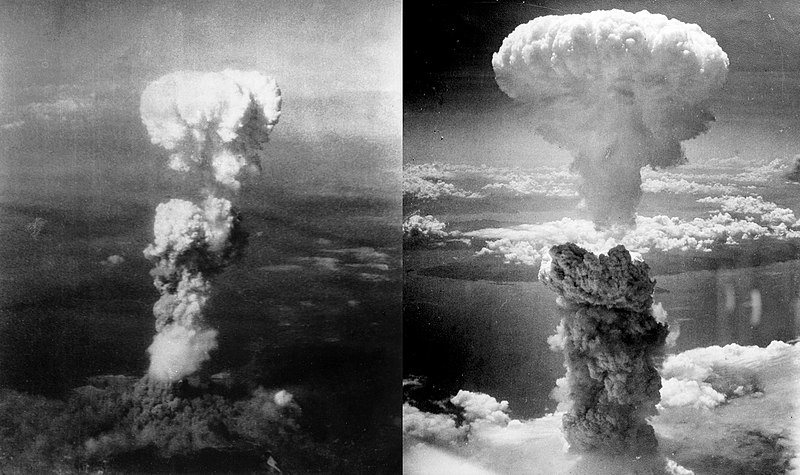
The China Factor: The proposal’s timing reflects growing concerns about Chinese technological advancements. However, framing AI development as a zero-sum race might be counterproductive. Unlike nuclear weapons, the value of AI technology comes from responsible implementation and integration into society, not from exclusivity.
When DeepMind researchers made the 3D protein fold data of over 200 million proteins found by their AI system AlphaFold freely available, it had a profound positive impact that no Manhattan Project could match. OpenAI’s call for increased government funding in AI development aligns with the need for public-private partnerships, but this should not be confused with a Manhattan Project-style initiative.
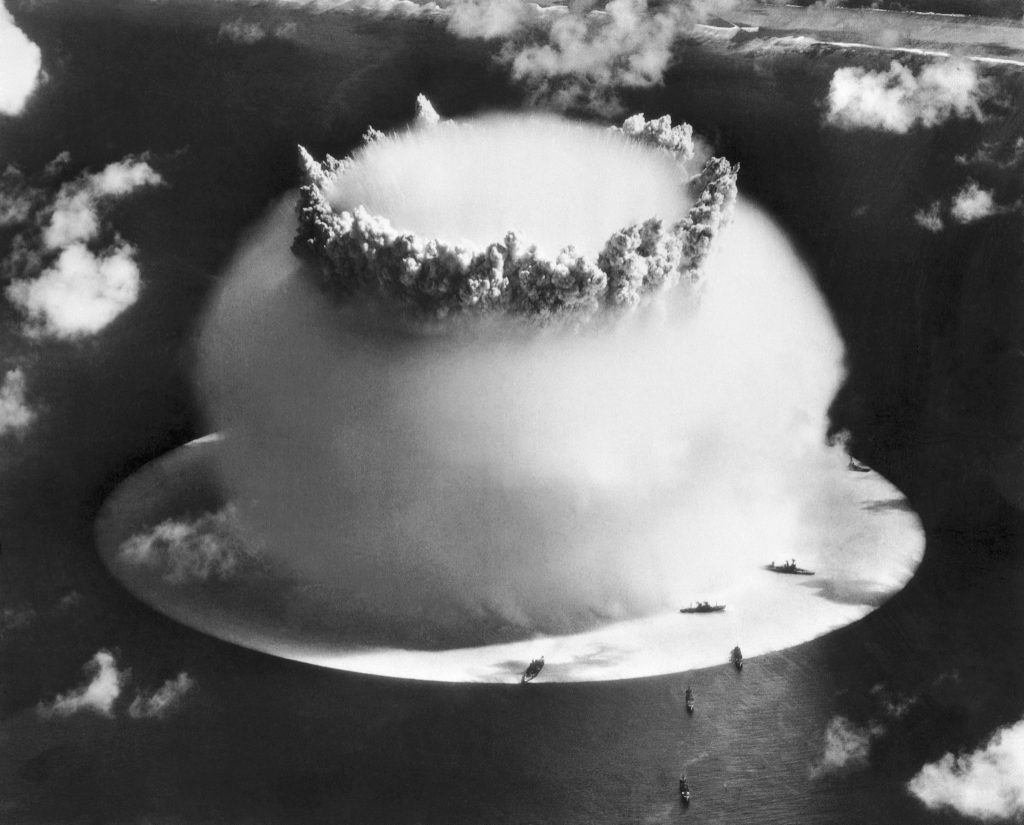
Looking Forward: The desire to maintain technological leadership is understandable, but it will not come from treating AI development like a weapons program. Instead, it requires building sustainable, ethical, and practical frameworks for advancing the technology in ways that benefit society. The race is not to some fictional finish line of AGI but to create AI systems that solve real problems while maintaining our values and security.
We need new models of cooperation between government, the private sector, and academia that recognize AI’s ongoing and future evolution. The Manhattan Project gave the U.S. the atomic bomb, but with AI, the world is nurturing an evolving technology that will continue to grow and change in unpredictable ways. Perhaps it’s time to stop looking for historical parallels and start creating new paradigms for technological development that better fit our current challenges.
In case you missed:
- Project Stargate: Dubious Origins in the 1970s to AI Goldrush in 2025
- Nuclear Power: Tech Giants’ Desperate Gamble for AI
- Rise of the Robolympics: When R2-D2 Meets Rocky Balboa
- Microsoft’s Quantum Chip Majorana 1: Marketing Hype or Leap Forward?
- Why is OpenAI Getting into Chip Production? The Inside Scoop
- OpenAI’s Secret Project Strawberry Points to Last AI Hurdle: Reasoning
- Deep Impact: How Cheap AI like DeepSeek Could Upend Capitalism
- Unbelievable: How China’s Outsmarting US Chip Ban to Dominate AI
- AI vs. Metaverse & Crypto: Has AI hype lived up to expectations
- AI Taken for Granted: Has the World Reached the Point of AI Fatigue?
